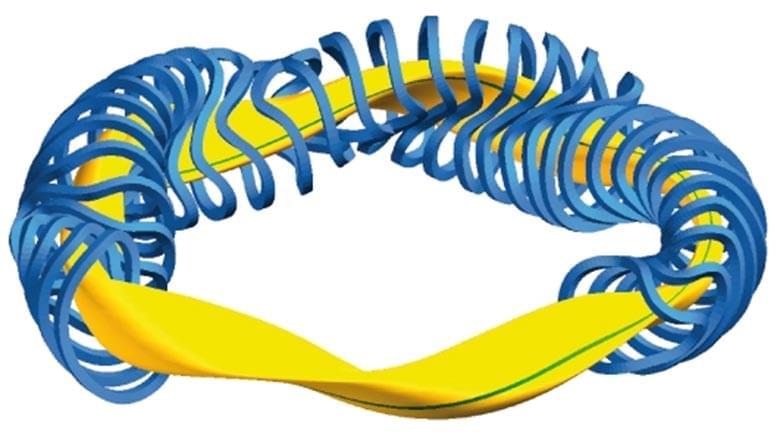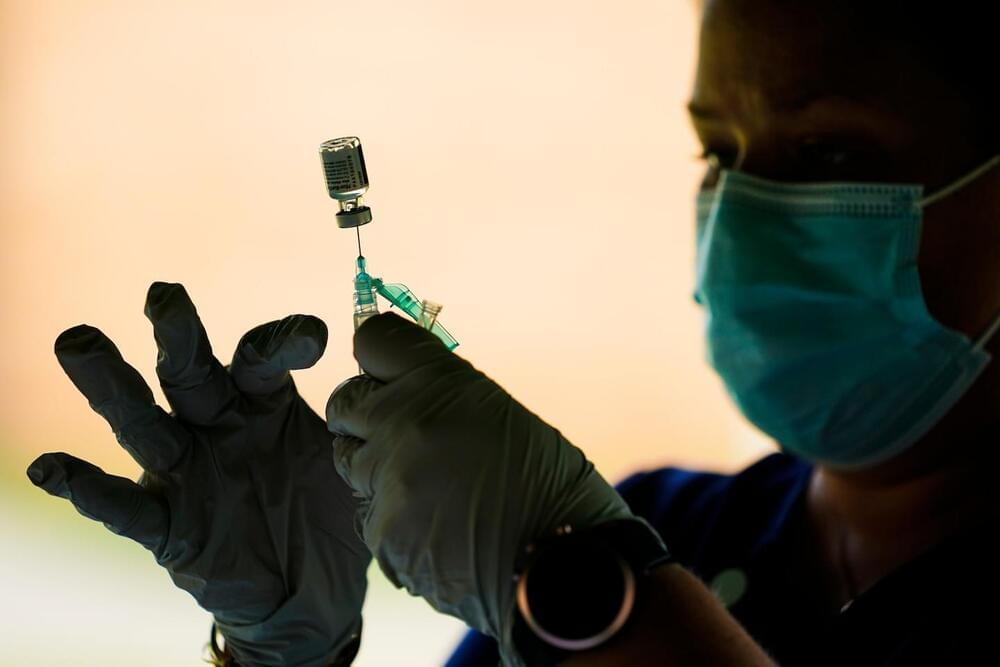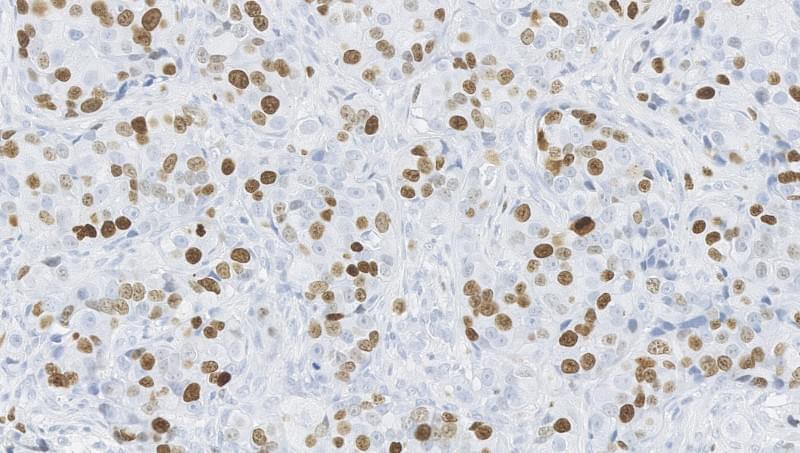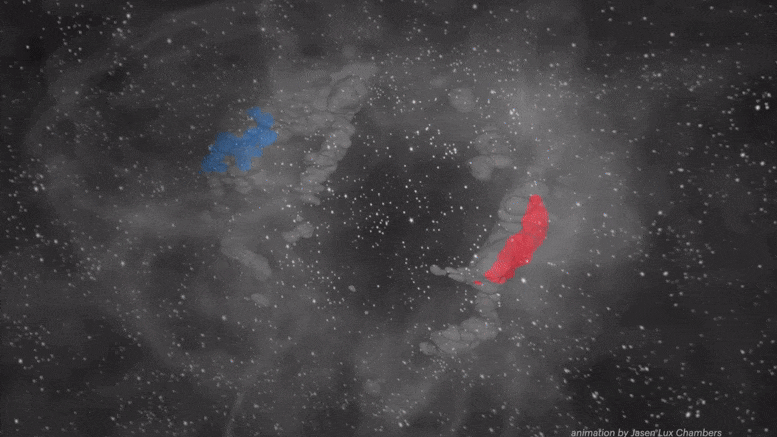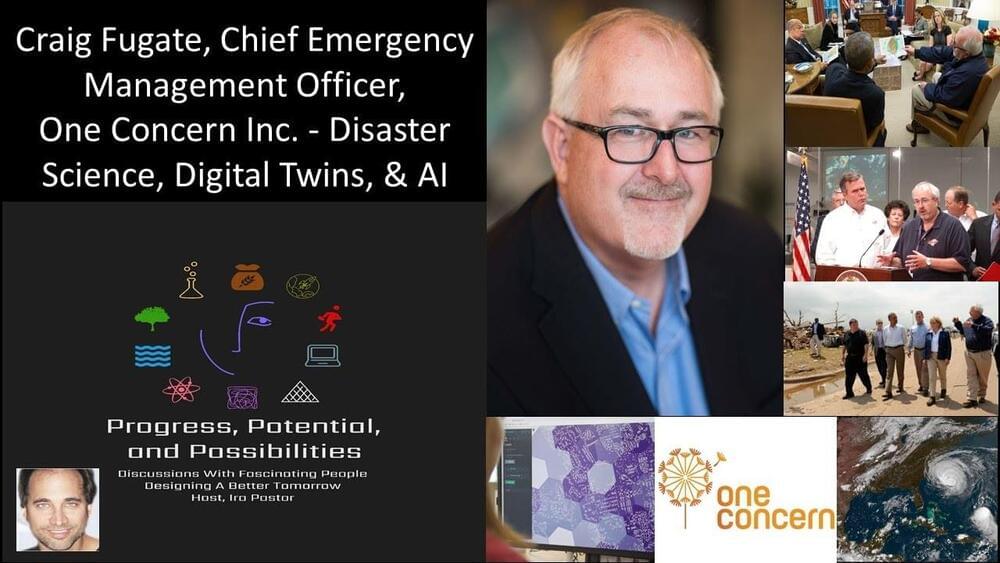Stellarators, twisty magnetic devices that aim to harness on Earth the fusion energy that powers the sun and stars, have long played second fiddle to more widely used doughnut-shaped facilities known as tokamaks. The complex twisted stellarator magnets have been difficult to design and have previously allowed greater leakage of the superhigh heat from fusion reactions.
Now scientists at the Max Planck Institute for Plasma Physics (IPP), working in collaboration with researchers that include the U.S. Department of Energy’s (DOE) Princeton Plasma Physics Laboratory (PPPL
The U.S. Department of Energy’s Princeton Plasma Physics Laboratory (PPPL) is a collaborative national laboratory for plasma physics and nuclear fusion science. Its primary mission is research into and development of fusion as an energy source for the world.
